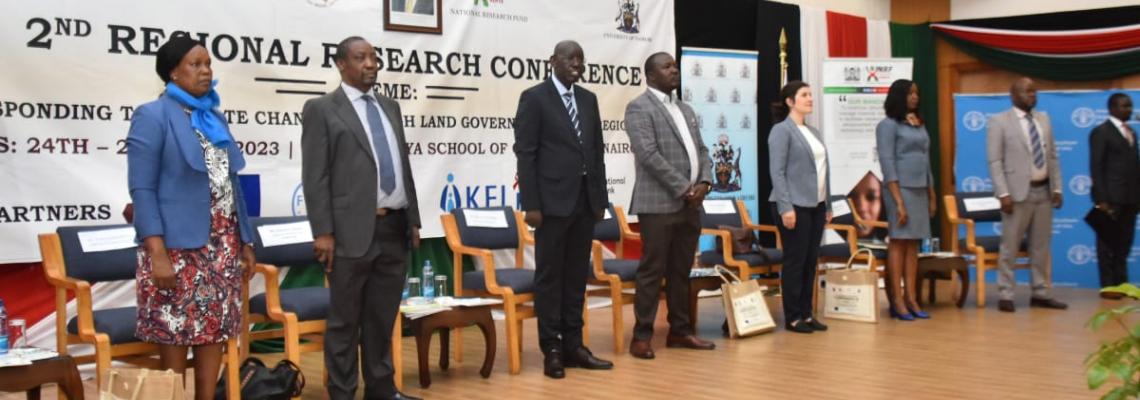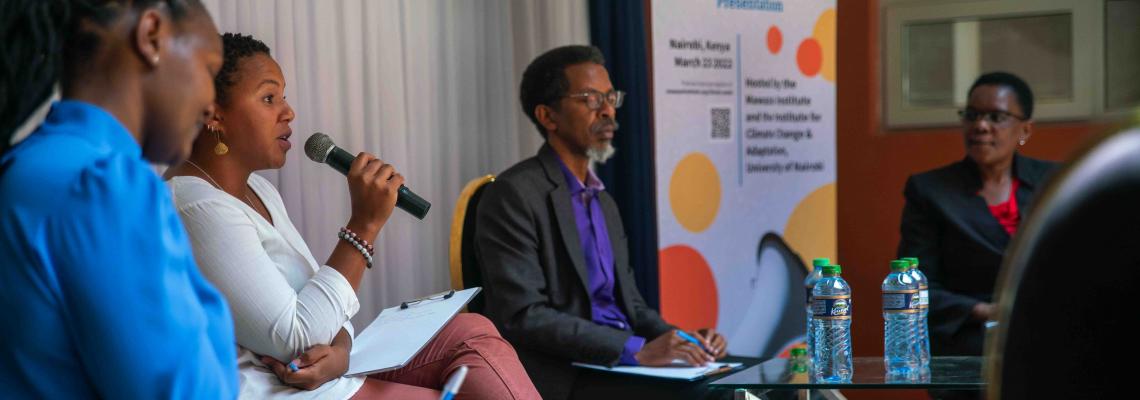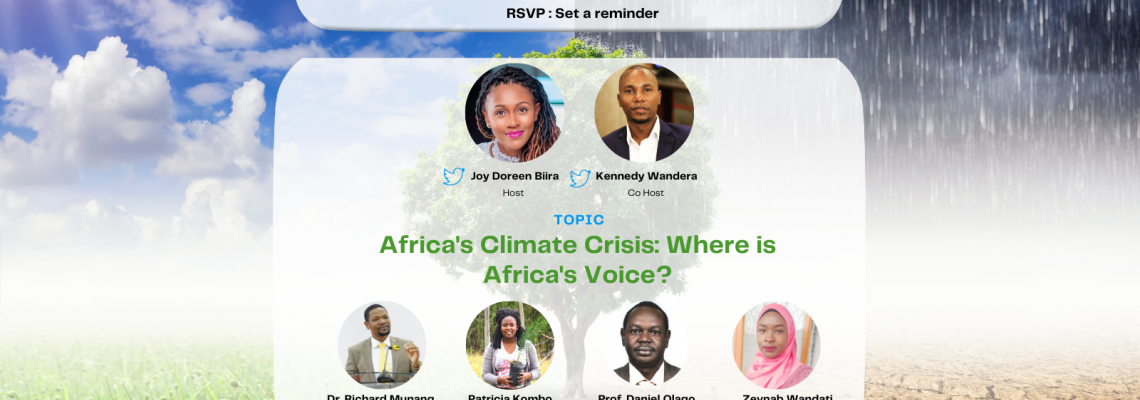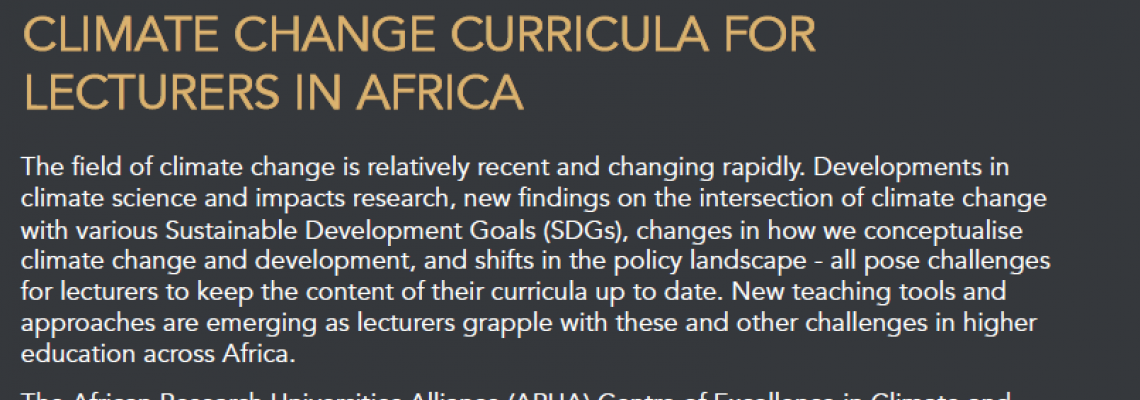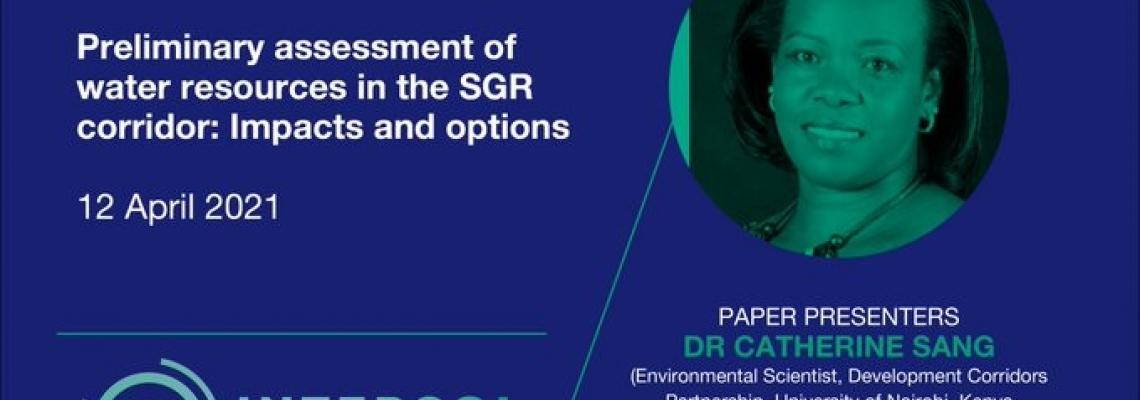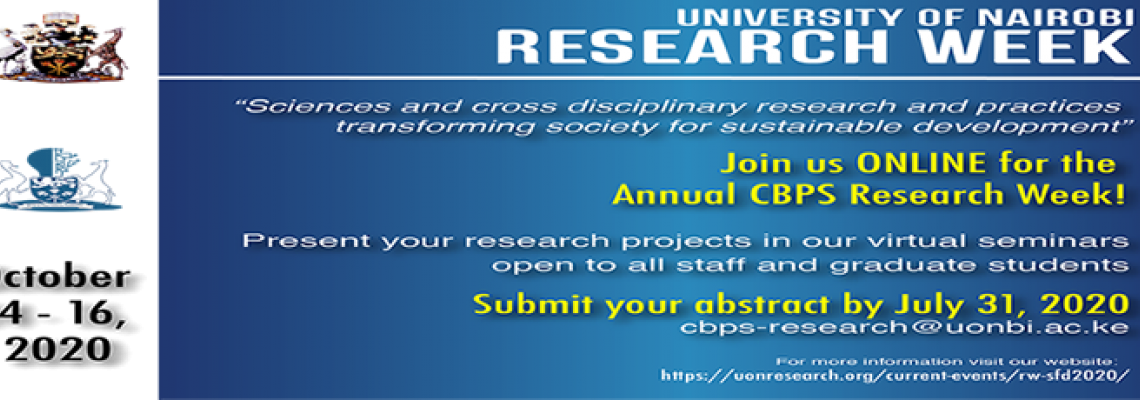MUKASA Joseph

Student Short Biography:
Joseph Mukasa, holds an undergraduate degree in science education (Biological) from Gulu University, Ugandaand a Master of Climate Change and Adaptation (University of Nairobi), Kenya. Joseph has an experience of 6 years teaching Biology and Chemistry in high schools in Uganda. He is passionate about Climate Change and his research in this field titled “Assessing the adaptive capacity of households to water scarcity during drought in Kasali sub-county, Kyotera district, Uganda” has been able to assess drought trend and adaptive capacity of households in Kasali. Mukasa has worked as a volunteer at Youth Go Green Uganda. He has made a number of conference presentations including “Evidence to Action” which was the first in Africa and took place on 26th-27th July 2018 at the United States International University (USIU) - Africa in Nairobi Kenya, the National Youth conference on Climate Change Disaster Risk Reduction, SDGs and launch of Talanoa dialogue approach with a theme “Youth Championing Clean Energy & DRR” which took place at Mbarara University of Science & Technology (MUST) in Mbarara, Uganda, the Uganda Water and Environment Week 2020 which took place between 13th-18thSeptember, 2020. On addition, he has attended an “Applied Leadership and Management Workshop” organized by The Ohio State University and University of Nairobi held at the Institute of Climate Change and Adaptation (ICCA), University of Nairobi, Kenya from 25th -26th June 2018. He has also been involved in organizing a Global Climate strike and SDGs run in Uganda in 2019. The 2019 Global strike in Uganda which took place on 20th of September was the biggest in Africa with over 10,000 youths who participated. He has sensitized youths in university and secondary schools about Climate Change in Uganda, conducted tree planting activities among other green campaigns through the Youth Go Green Uganda.He has written a research article titled “Drought and households’ adaptive capacity to water scarcity in Kasali, Uganda” which was published in the Journal of Water and Climate Change (JWC). He has a great passion for Climate Change related research and making it available to the public through publication, undertaking practical actions like tree planting, educating women and youths.He is currently seeking Ph.D. opportunities.
Project Summary
Thesis / Project Title: ASSESSING THE ADAPTIVE CAPACITY OF HOUSEHOLDS TO WATER SCARCITY DURING DROUGHT IN KASALI SUB-COUNTY, KYOTERA DISTRICT, UGANDA
Thesis / Project Abstract:
Approximately 4 billion individuals globally are experiencing water scarcity due to drought. In Uganda about 10% of the population per year experience water scarcity due to drought especially in the south and north-eastern parts of the country. Studies on water scarcity due to drought are required to understand the existing situation in order to develop mitigation and adaptation strategies. The objective of this study is to assess drought and the adaptive capacity of households to water scarcity during drought in Kasali sub-county (SW Uganda). This was done through determining drought trends in a 30-year period (1987-2017), assessing the impact of drought on water availability, determining the adaptation strategies of households to water scarcity and assessing the indicators of adaptive capacity of households to water scarcity. Data on the impact of drought on water availability, adaptation strategies and indicators of adaptive capacity (social resource, infrastructure and institution, financial and economic resource, knowledge and information and technology and innovation) of households to water scarcity was collected using 195 household surveys, two key informant interviews and three focus group discussions. Annual and seasonal (MAM, JJA, SOND and JF) temperature and rainfall components were analysed using regression analysis. Drought values per year were assessed using Reconnaissance Drought Index (RDI) and Standard Precipitation Index (SPI) values calculated using Drought index Calculator (DrinC). The climate results for 1987-2017 show a decrease in the average annual rainfall, MAM and JF seasons, while SOND and JJA seasons show an increase in rainfall trend. Additionally, the average maximum and minimum temperature for annual, MAM, JJA, SOND and JF seasons increased and the increase was statistically significant. Average minimum and maximum temperature increased at a rate of 0.04oC and 0.02oC per year respectively. Kasali experienced one extremely dry year (1991-1992) and four moderately dry years (1988-1989, 1999-2000, 2008-2009, 2016-2017) based on RDI. SPI values show that, 1991-1992 was an extremely dry year, 1988-1989 was a severely dry year and 1999-2000, 2008-2009, 2016-2017 were moderately dry years. Households spend longer hours collecting water during dry years than wet years hence drought has had a negative impact on water availability in the region. Households have few adaptation strategies to water scarcity and their adaptive capacity is moderate. Generally, Kasali has had increased temperature, reduced precipitation and increased drought events over the 30-year period which has reduced water availability. The study recommends provision of early warning information, more water points and adaptation strategies to the households.

